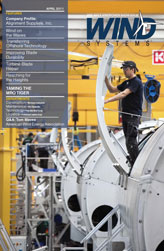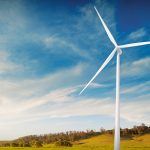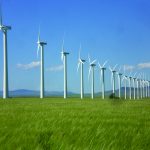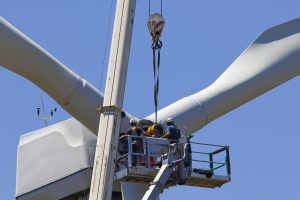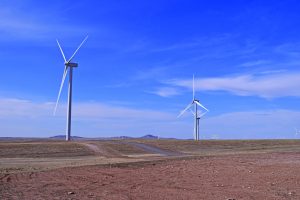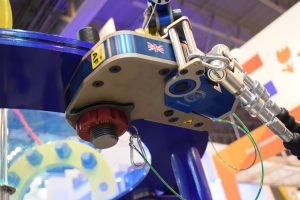A wind technician education consists of learning how to maintain and service wind turbines that are designed to generate electricity. Courses begin with the introduction of wind turbines and are followed by key topics on mechanical systems, electrical systems, power electronics, semiconductor devices and circuits, hydraulics, cranes and rigging, and various computer applications. With all the training a technician acquires at the beginning and during their career, we expect there should also be a course on teaching the proper cleaning skills necessary for the trade. A notable amount of a technician’s uptower time is dedicated to cleaning the turbine after every six-month operational run, and while it is considered a rather mundane activity—and therefore rarely performed with enthusiasm—one can argue that cleaning the turbine properly is just as important as all of the more-technical aspects of the job.
Ask any wind technician and you will certainly understand how cleaning goes hand in hand with semi-annual and annual maintenance service. Perhaps least desirable, all too often cleaning is simply thought of as a grudging task; one that makes little if any real contribution to the performance of a wind turbine. Not necessarily true, though, when you look beyond the visual impact and consider the practice and timing of the cleaning tasks. Procedurally, one technician is likely cleaning the nacelle while another is performing maintenance, removing and replacing filters, replacing worn hoses, and opening the gearbox for a visual inspection. This dual-mode process unnecessarily exposes critical systems to contamination and creates an environment that is even less clean than when they started. Performing a thorough cleaning prior to starting maintenance tasks is a best practice that will minimize the impact the cleaning process can have on the equipment. Personnel safety is enhanced with proper cleaning, as well, reducing slip hazards that can occur from residual grease and oil in the workspace.
Since the term “clean” can be interpreted differently among technicians, teaching a universal understanding of expectations is needed to supplement the manufacturer checklists. After all, the checklist normally states that cleaning has to be done, not how it is done. It should be taught to remove any soiling or contamination, using the proper techniques and products relevant to the situation. A common example is the replacement of control panel filter elements, spurring high temperature alarms when they become fouled and unable to flow cooling air. A checklist may say to replace the filter when this occurs, but will fail to instruct the technician to also clean the fan blades that are built up with heavy dust and dirt. Clean the fan blades, and you have done a thorough cleaning job. Cleaning of ultrasonic wind sensors is another example of where manufacturer’s maintenance checklists fall short and a technician’s superior cleaning skills are put to the test. A can of compressed air from the tool bag is a useful way to clean the desert dust out of them.
In the days before we knew what could kill us, cleaning products for oils and grease came in all sorts of nasty solutions. We still look for the best products with the least impact on our health, and the wind industry is no exception. In purchasing commercial green cleaners, look for the USDA organic seal or the Green Seal. Even some traditional cleaning chemicals are high in volatile organic compounds (VOCs) which, when evaporated in the confines of the nacelle or hub, can cause respiratory irritation and trigger asthmatic attacks. Project owners and operators would also do well to take advantage of the opportunity green cleaning offers to transform their project, and our industry. As social and regulatory pressures gain momentum, now is the time to do something about it, before we are forced to by legislation.
It remains true that the dirt and contamination in the nacelle will not go away by itself, and will eventually make its way into the fluid systems of the turbine. A clean unit helps the technician identify new leaks when they occur and assists in the ability to perform structural inspections. Cleaning plays an incredibly important role in the maintenance of a wind turbine, and its proper execution not only defines the capability of the technician, it also directly affects the performance of the project. If done right and at the appropriate times, only a touchup is needed before leaving the tower.
















